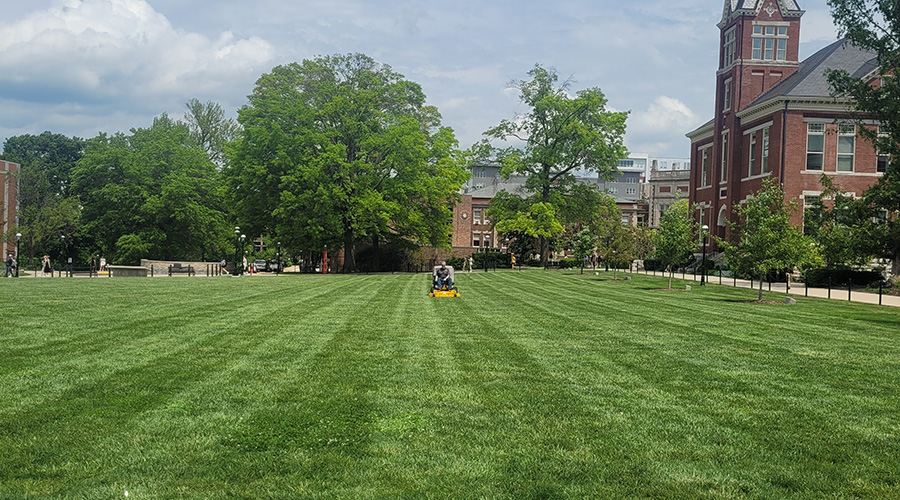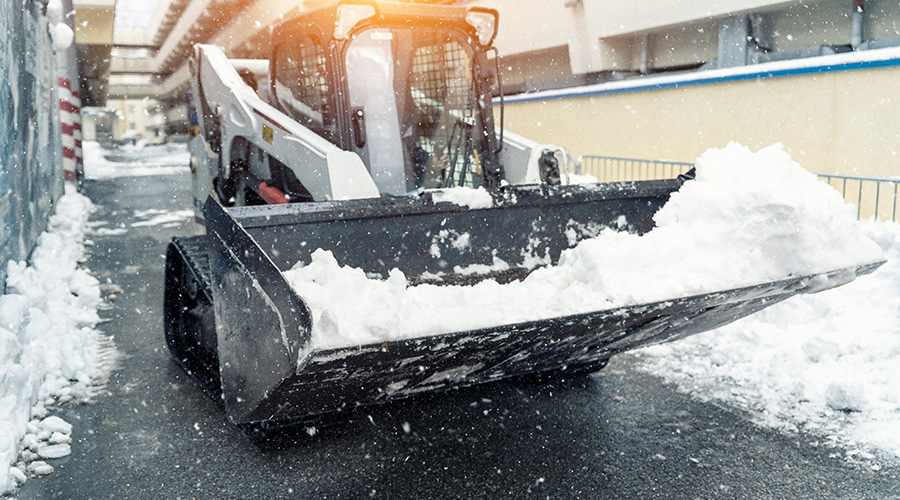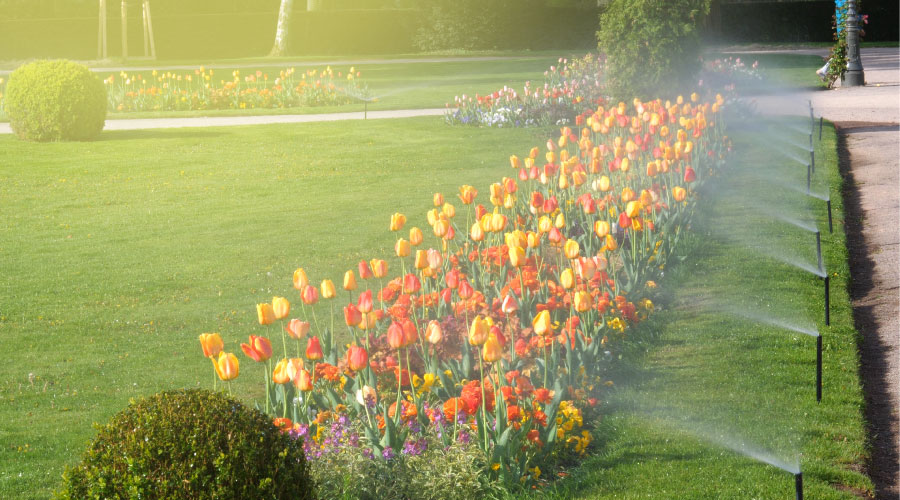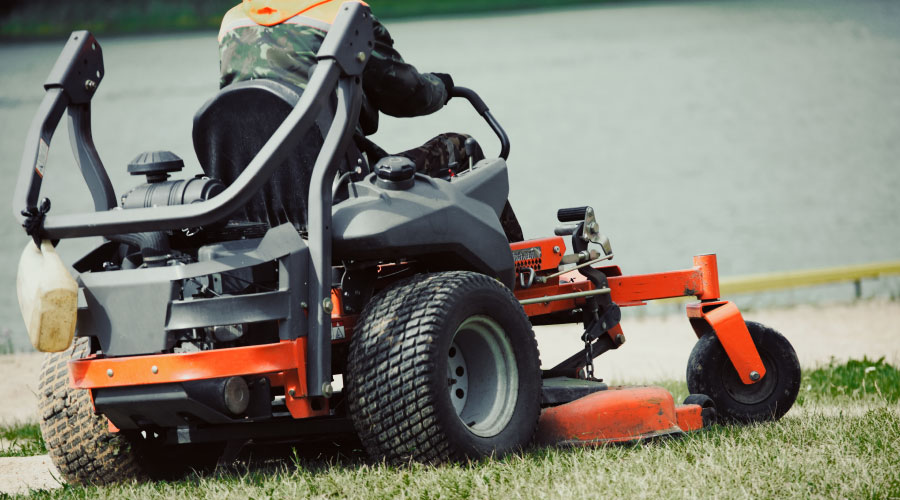Versatile Equipment Helps Managers Maintain Landscapes Cost-Effectively
Selecting the right equipment for a range of grounds care tasks taking place around institutional and commercial buildings is among the leading challenges for managers.
First, consider the cost of landscaping equipment. New ride-on commercial mowers can cost $8,000-13,000, and walk-behind mowers between $4,000-8,000. On top of that investment, workers need a host of other tools for trimming, hedging, and pruning, as well as blowing leaves, grass clippings, and debris.
Managers are constantly on the lookout for technology that is cleaner, quieter, more fuel-efficient, and more sustainable, and with good reason on that last issue. Mowers and other pieces of landscaping equipment can be primary sources of air pollution. Federal and local regulations are becoming increasingly stringent on noise, emissions, and fuel consumption related to these units.
Complicating the process further is the mind-boggling number of makes and models of landscaping equipment from which managers must choose. The options now include a increasingly popular breed of landscaping machinery — one machine designed to handle multiple tasks, from mowing in summer to snow removal in winter.
Multiple-Purpose Machines
Managers with tight budgets and minimal storage space might consider purchasing multiple-purpose machines. These machines are designed to accommodate various attachments operators can switch out in a matter of minutes to perform different jobs.
When selecting a multi-purpose machine, managers should bear in mind the scope of the intended use. A realistic assessment of the machine's anticipated use is imperative. Some types of multiple-application equipment might not be able to withstand consistent use for a particular area of the landscape.
For example, if a landscape is located in a snow-belt state, managers need to consider how often a mower-snow blower combo will perform heavy snow removal. If this task makes up more than 50 percent of the machine's intended use, then chances are this workload will significantly shorten the life cycle of this machine, and it might need repeated repairs and replacement parts as a result of the use. In this case, the best option might be to buy a dedicated snow-removal machine for the required use.
If a dual-purpose machine will have to mow several acres of turf at a rapid pace, a high-performance mower would be a better fit than a mower designed to perform multiple tasks. Overall, managers should not use a dual-purpose machine for repeated heavy-duty jobs or for maintaining large tracts of land. They should review the manufacturer's literature, which will specify best practices for the machine and its core strengths.
Related Topics:













